
Tennis faster than express
The technical revolution has made its own adjustments even in such a conservative sport as tennis, where the rules were last changed in 1970.
In the mid-1980s, aluminum and wooden rackets were replaced by strong and elastic graphite ones. Natural vein strings were replaced by mono strings, a wire with a cast solid core. Rackets and strings began to be made of heavy-duty Kevlar material, from which bulletproof vests are made.
The speed of the game has increased. Thus, the serve rate has exceeded 200 km/h. The "serve and voley" style became irrelevant because sportsmen couldn't reach the net in time. Because of the increased speeds, the number of judicial errors has also increased, so today people are helped by computers.
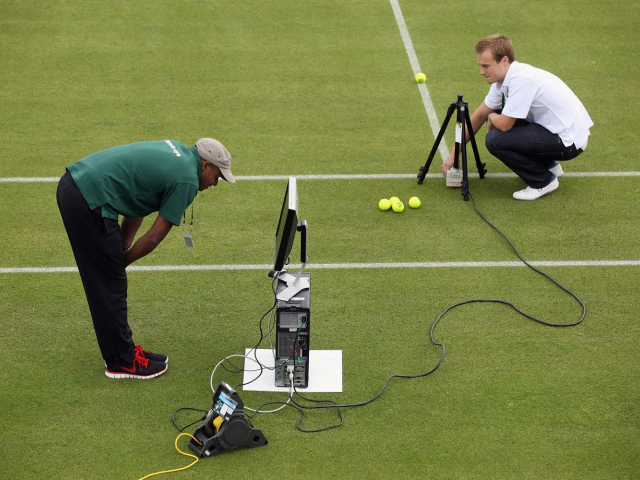
"Fox" instead of judges
The FOXTENN Top Real Precision System (abbreviated to Fox) is 44 cameras that make 2500 pictures per second. So, the trajectory of a flying ball is calculated on the basis of real images, and not the software calculation of the contact with the ground location, as does the electronic system "Falcon Eye" (competitor of Fox).
Fox can determine the coordinates of the ball with an accuracy of 3 mm and give statistical information about the tennis players themselves: the speed of running and hitting, the trajectory of movement on the court, etc. Thanks to 22 cameras oriented along the lines and set at ground level, one can see even the real deformation of the ball when it comes into contact with the court.
The official debut of the Fox system took place on September 18, 2017, at the ATP tournament in Metz.

Hockey: now in 3x3 format
Composite sticks, that now are used in hockey, allow players to throw the puck at a speed of 200 km/h, and modern skates doubled the speed and maneuverability of sportsmen in comparison with the indicators of the 70s of the last century.
The increased speed and contactness of the game made the NHL adopt the format of holding five-minute 3-on-3 overtimes, three field hockey players from each team.
The effectiveness of the game on the "free ice" is significantly increased, so penalty shootout became a rare thing. However, nothing threatens the classical format of 5-on-5 in the regular time of the match.

Cricket. The engine of progress
During sports broadcasts, fans are often shown video replays that helps judges make a decision in controversial situations. Many mistakenly believe that video replays were first introduced in basketball or hockey. However, the first sport that tested this know-how was cricket. The experiment was recognized as successful, and video replays became used in other sports.
By the way, the Hawk-Eye software-hardware complex, capable of simulating the trajectory of the game ball, was used for the first time not in tennis but in cricket, on May 21, 2001, in the match between England and Pakistan.
Curious fact: the main developer of the Hawk-Eye was a former cricketer, Dr. Paul Hawkins.
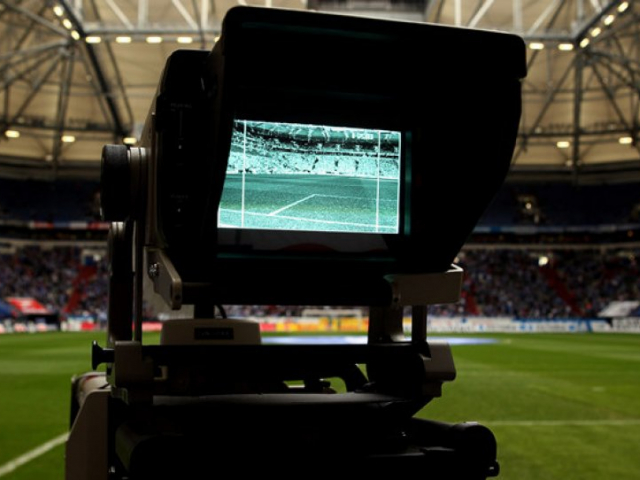
Football. The last fallen
Even football fell to progress by legalizing video replays in March 2016. They help judges make a decision in four controversial situations: with goals scored, removals, penalties and determining the player who must be punished. For the first time, the video replay in this sport was used during the Club World Cup, on December 14, 2016.
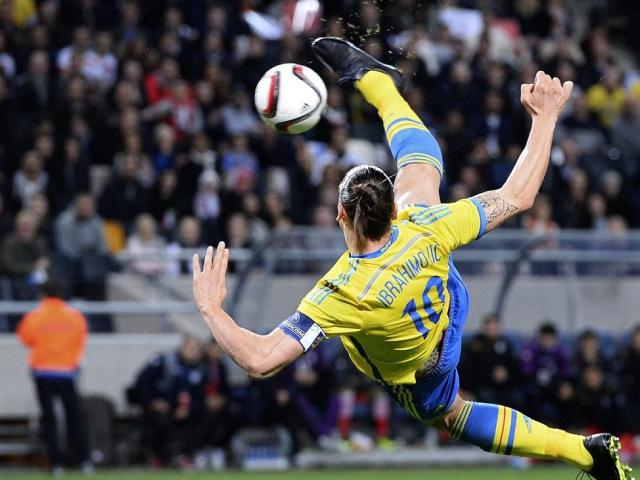
Earlier, in 2012, football officials tested the automatic goal determination system, GoalRef: a microchip was installed in the ball. However, the players began to complain that this changes the characteristics of the ball, after which the system was canceled.
Today in football during official matches, FIFA uses Hawk-Eye and Goal Control 4D. During training, the majority of high-budget professional clubs use tracking systems to train players: they show technical and tactical actions and basic physiological indicators of sportsmen.
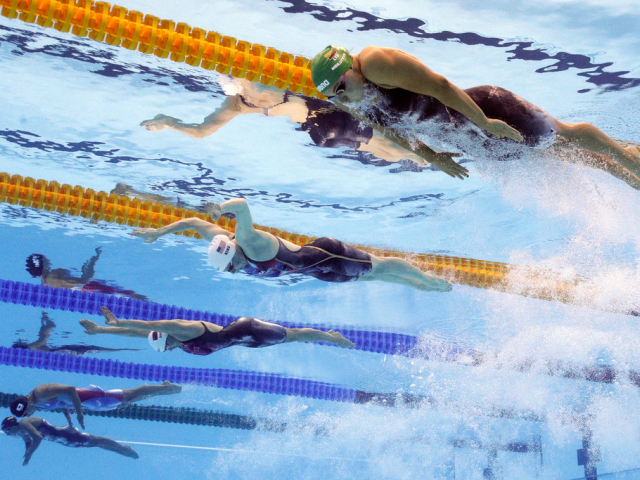
Swimming and speed skating
In swimming, the LZR Racer swimsuit changed everything in 2008. "Laser Racer" is a particularly high-tech water-repellent fabric consisting of intertwined elastane-nylon and polyurethane threads which provides increased oxygen flow to the muscles and keeps the body in a more convenient hydrodynamic position.
The seams of the suit are made by ultrasonic welding which further reduces the drag. Swimsuit also has a position stabilizer and special compression panels which give the body the most streamlined shape.
At the 2008 Olympic Games in Beijing, this "magic swimsuit" helped a sportsman beat 23 world records. Therefore, in 2009, "Laser Racer" was recognized as a "technological doping" and banned.
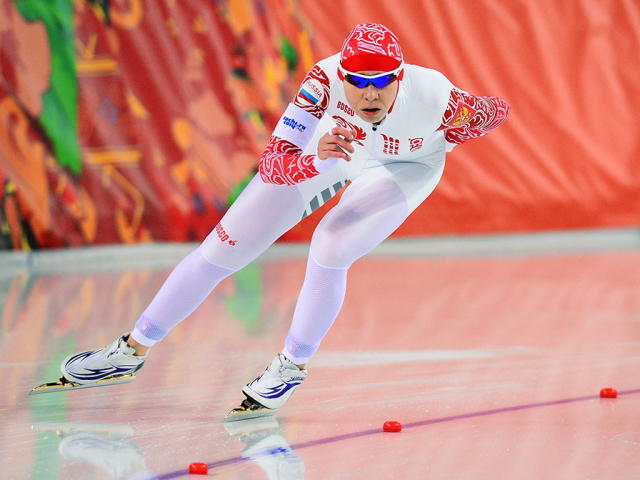
No less attention is paid to costumes in speed skating. Creating an ideal costume takes a lot of time. First, scientists create a 3D copy of the sportsman. Then a model of a skater is formed from fiberglass on which costumes from various fabrics are dressed. Then the construction is blown in a wind tunnel to determine the materials that have the lowest coefficient of resistance.
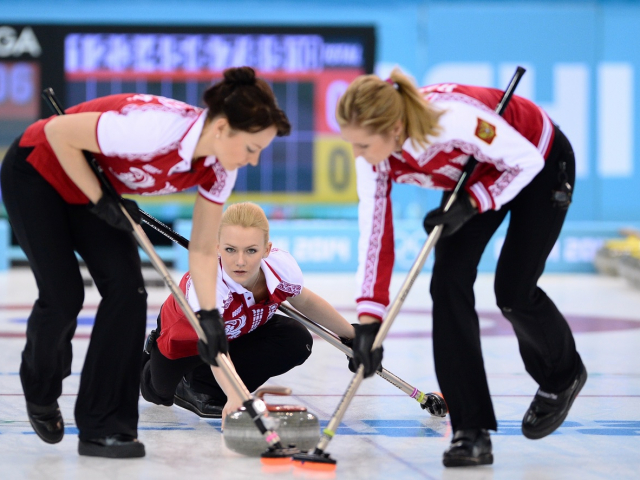
Curling
Rubbing the ice with brooms in front of the stone in curling is not intended to intimidate an opponent. It is used to alter the state of the ice and that helps the stone to slide better. In this regard, the developers came up with brooms of the new technological generation. They make it possible to heat ice more efficiently than conventional ones.
For the first time, these brooms were applied by the Canadian team at the 2010 Olympics. The new equipment allowed the women's team to heat the ice by 2.6 degrees, while the usual ones show the result of 1.2 degrees. Men were able to heat the ice by 3 degrees against 2.2 degrees with a conventional brooms. As a result, the men's national team of Canada took gold, and women's - silver.
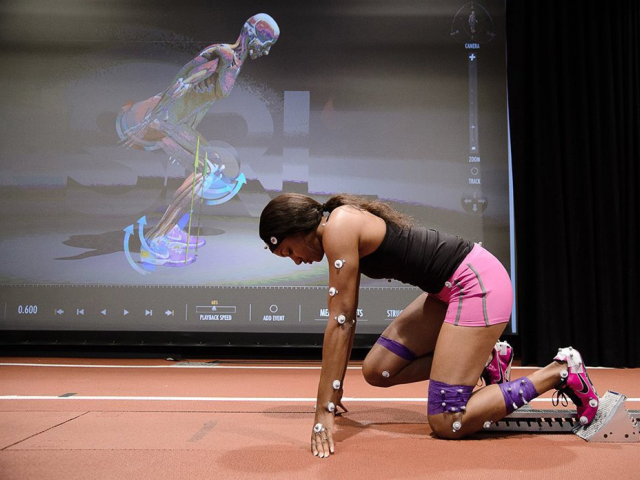
Doping. The foggy future of sports
Each year the control over the use of stimulants is strengthened. But what happens if, for example, the body of athletes will start generating doping?
This is not a fiction, because it's genetic engineering. The development of a gene that naturally increases the number of red blood cells in the human blood, which are responsible for the transport of oxygen to the cells of the body, is currently underway. And the more oxygen in the muscles, the higher the speed.
What is the future of sports in the era of the biological and genetic scientific and technological revolution? Futurists argue that technology will gradually displace a person from sports. However, let's not get ahead of ourselves.
 English
English 
 Русский
Русский Bahasa Indonesia
Bahasa Indonesia Bahasa Malay
Bahasa Malay ไทย
ไทย Español
Español Deutsch
Deutsch Български
Български Français
Français Tiếng Việt
Tiếng Việt 中文
中文 বাংলা
বাংলা हिन्दी
हिन्दी Čeština
Čeština Українська
Українська Română
Română
